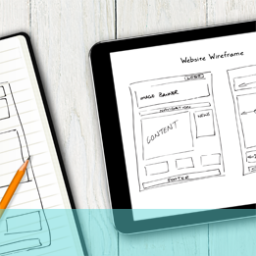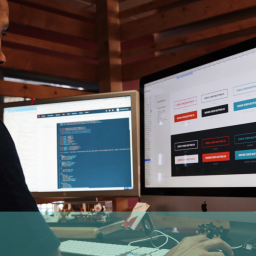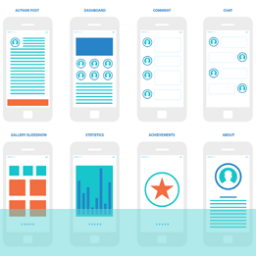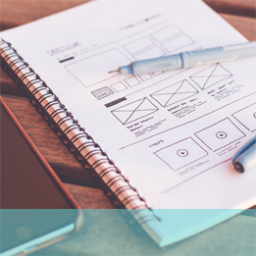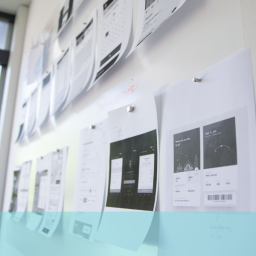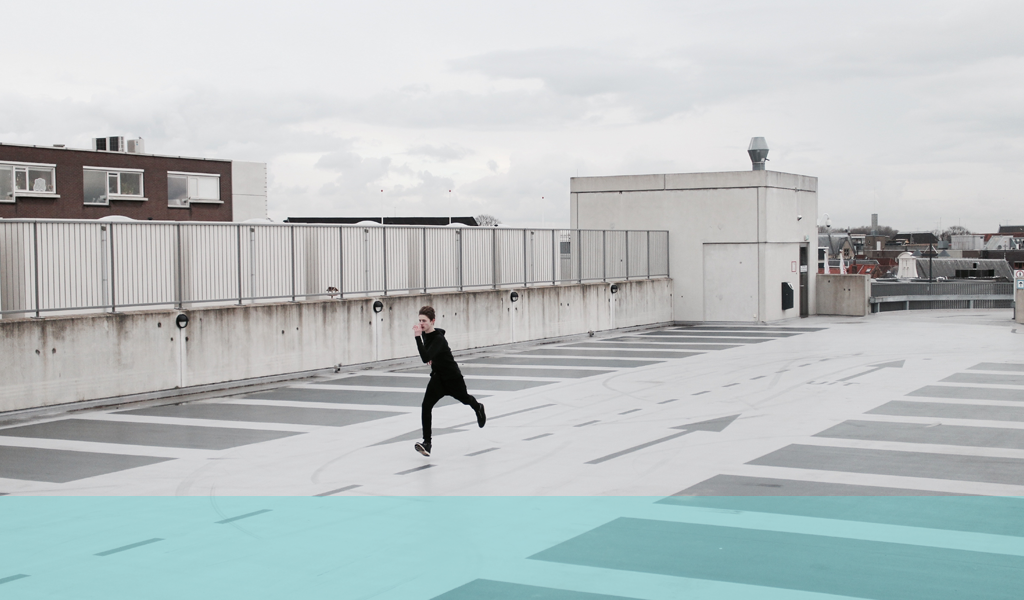
Rapid Prototyping is and iterative approach to UX design. As the name suggests , this process is designed to generate prototypes of a product quickly and more often. This allows you to asses the feasibility, practicality and possible problems with a product earlier on in the design process and for those areas to be improves accordingly.
The end result should be that you save time, effort and money by anticipating problems and dead-ends and prevent them from occurring.
The Rapid Prototyping Process
The process for rapid prototyping is really little different from standard prototyping; it just requires quicker and more iterations. The start is the information architecture which describes the range and structure of the content. This is often just sketched out on paper which makes it easy to produce but also easy to amend. Reconfigure or redraw. You can then progress the analysing and mapping user flows – how the client will move around the architecture. This can, again, be a paper process though you might wish to test some of the hypotheses with simple layout and code.
This should lead you to a point where you can construct a higher fidelity model which comprises some of the functionality and user interface of the likely final version. As you test this prototype you incorporate findings and observation quickly into new iterations so you are constantly trialling modifications, adaptations and advances and honing the product towards optimisation. There are many proprietary products that allow you to do this with a reasonable degree of accuracy and simplicity.
The Advantages of Rapid Prototyping
There are many benefits to rapid prototyping; some pretty obvious, others perhaps not so much.
- It allows testing of concepts and principles very early in the process so minimises the chance of false starts or, worse, embarking on projects with little future potential or viability;
- It is a cost effective way of representing progress and testing the development features and phases;
- It can bring a wider perspective to the development activity by consistently utilising input from across disciplines and from inside and outside the organisation;
- It can become a collaborative effort encouraging participation and gaining commitment from individuals or parts of the organisation who need to be on board as the project progresses and coalesces;
- It keeps the project moving, fluid and responsive as developers don’t get so bogged down in one version or problem;
- It can help communicate and demonstrate progress and new ideas and features in a more concrete way than simply a verbal or written updates;
- It can help in creating a more project management base to the development and involve participants in more coordinated and planned thinking and response.
Prototyping is essential to a successful project delivery. If you would like to know more about rapid prototyping techniques or any aspects of prototyping , why not ring us on +44(0)800 0246247 or email us at hello@ux247.com for an exploratory chat.





